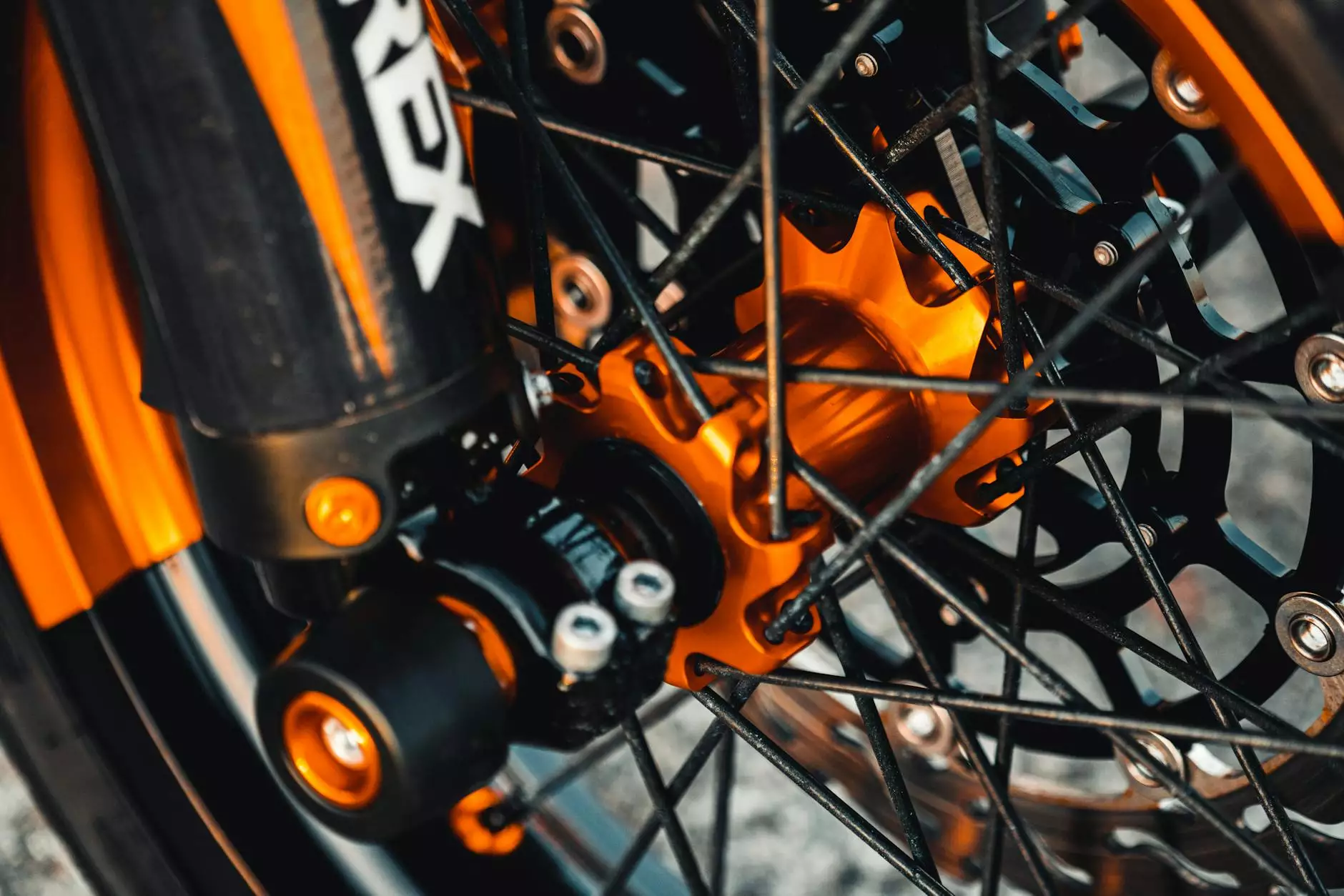Understanding Braking System Parts: A Comprehensive Guide

The braking system is one of the most vital components of any vehicle. It ensures the safety of both the driver and passengers. In this article, we will delve deep into the essential braking system parts, their functions, and how they work together to deliver superior stopping power. Whether you're an automotive enthusiast or just someone looking to understand how your car operates, this guide will provide you with all the information you need to know about braking system parts.
1. The Importance of the Braking System
Every vehicle on the road relies on its braking system for safety. The ability to halt effectively is critical, whether in an emergency situation or during regular driving conditions. A well-maintained braking system not only enhances your vehicle's performance but also significantly reduces the risk of accidents. Here are a few key reasons why understanding the braking system parts is essential:
- Safety: Properly functioning brakes are crucial for safe driving.
- Performance: Effective brakes provide better control of the vehicle.
- Maintenance: Regular checks can prevent costly repairs down the line.
2. Key Components of the Braking System
The braking system is made up of various components that work in harmony to ensure effective stopping power. Below are the primary braking system parts you should be familiar with:
2.1. Brake Pads
Brake pads are crucial for providing the necessary friction that stops the vehicle. They are made of various materials, including ceramic, metallic, and organic compounds. When the brake pedal is pressed, the brake pads clamp onto the brake rotors, creating the friction needed to slow down or stop the vehicle.
2.2. Brake Rotors
Brake rotors, also known as brake discs, are the discs that the brake pads clamp onto. They absorb heat generated during braking and should be adequately ventilated to prevent warping. The condition of your rotors directly affects braking performance.
2.3. Brake Calipers
Brake calipers house the brake pads and are responsible for pressing them against the rotors. They contain pistons that are activated either by hydraulic pressure or mechanically. The proper functioning of calipers is essential for even wear of the brake pads and effective braking.
2.4. Brake Lines and Hoses
Brake lines are critical for transporting brake fluid from the master cylinder to the brake calipers. They need to be in excellent condition to avoid leaks that could lead to brake failure. Flexible hoses, while resistant to pressure, can wear down over time, so regular inspections are crucial.
2.5. Brake Fluid
Brake fluid is a hydraulic fluid that transfers force from the brake pedal to the brake calipers. It is vital to use the correct type of brake fluid as specified by the manufacturer, as different fluids have different boiling points and properties. Regularly checking and replacing brake fluid is essential for maintaining braking efficiency.
2.6. Master Cylinder
The master cylinder is the heart of your vehicle's braking system. It converts the force from the brake pedal into hydraulic pressure, which then activates the brake calipers. If the master cylinder fails, it can lead to a complete loss of braking power.
3. Common Issues with Braking System Parts
Understanding potential problems with your braking system parts can help maintain safety and performance. Here are some common issues that arise:
3.1. Worn Brake Pads
Brake pads wear out over time due to friction. It’s essential to replace them before they become too thin, as this can lead to damage to the rotors and a decrease in braking efficiency. Signs of worn brake pads include squeaking or grinding noises, as well as a pulsing brake pedal.
3.2. Warped Brake Rotors
Heat generated from continuous braking can warp brake rotors. This results in a pulsating brake pedal feel and can significantly affect braking performance. Regular maintenance and proper driving habits can minimize this issue.
3.3. Leaking Brake Lines
Brake fluid leaks can lead to a drop in hydraulic pressure, significantly compromising braking effectiveness. Inspecting brake lines for signs of wear or corrosion is critical for vehicle safety.
3.4. Air in the Brake Lines
Air trapped in the brake lines can lead to a spongy brake pedal and reduced braking efficiency. Bleeding the brakes to remove air bubbles is a necessary maintenance step for any vehicle.
3.5. Contaminated Brake Fluid
Over time, brake fluid can absorb moisture, leading to reduced boiling points and increased corrosion within the braking system. Changing the brake fluid regularly can help maintain the entire system's integrity.
4. Maintenance Tips for Braking System Parts
Proper maintenance of your braking system is essential for your vehicle's safety and performance. Here are some maintenance tips for braking system parts:
- Regular Inspections: Schedule regular inspections of your braking system to check for any wear and tear.
- Replace Worn Parts: Change brake pads and rotors promptly to avoid further damage.
- Monitor Brake Fluid: Keep an eye on your brake fluid's level and condition, replacing it as needed.
- Check Brake Lines: Look for any signs of wear, corrosion, or leaks in your brake lines and hoses.
- Drive Safely: Avoid aggressive driving habits that can wear out your brakes more quickly.
5. Upgrading Your Braking System
If you're looking to enhance your vehicle's performance beyond standard equipment, consider upgrading specific braking system parts. Here are a few options:
5.1. Performance Brake Pads
Performance pads offer better stopping power and are designed for high-performance driving. They provide superior friction and heat resistance compared to standard pads.
5.2. Slotted or Drilled Rotors
Upgrading to slotted or drilled rotors can help improve heat dissipation and reduce brake fade, especially under heavy use.
5.3. Upgraded Calipers
Performance calipers can provide better clamping force, leading to improved stopping power. They often come in lightweight materials for better efficiency.
5.4. Stainless Steel Brake Lines
Upgrading to stainless steel brake lines can improve pedal feel and responsiveness since they are less prone to expansion under pressure compared to rubber lines.
6. Conclusion
Understanding the functionality and importance of braking system parts ensures you can maintain your vehicle effectively and improve its overall performance. Whether it's routine maintenance or considering an upgrade, knowledge about these components plays a crucial role in vehicle safety and reliability. Regularly check your braking system and consult professionals when necessary to keep your vehicle performing at its best.
For quality automotive parts and supplies, visit imautoparts.com. We have everything you need for your vehicle's braking system and more!









